Have you ever wondered if your indoor cat is experiencing emotional burnout? Just like humans, our feline friends can suffer from stress and emotional exhaustion. In a world where the comforts of home are all they know, indoor cats might be silently battling emotional challenges that often go unnoticed. This article delves into the signs of emotional burnout in indoor cats, providing insights and practical tips on how to recognize and address this often overlooked issue.
Understanding Emotional Burnout in Cats
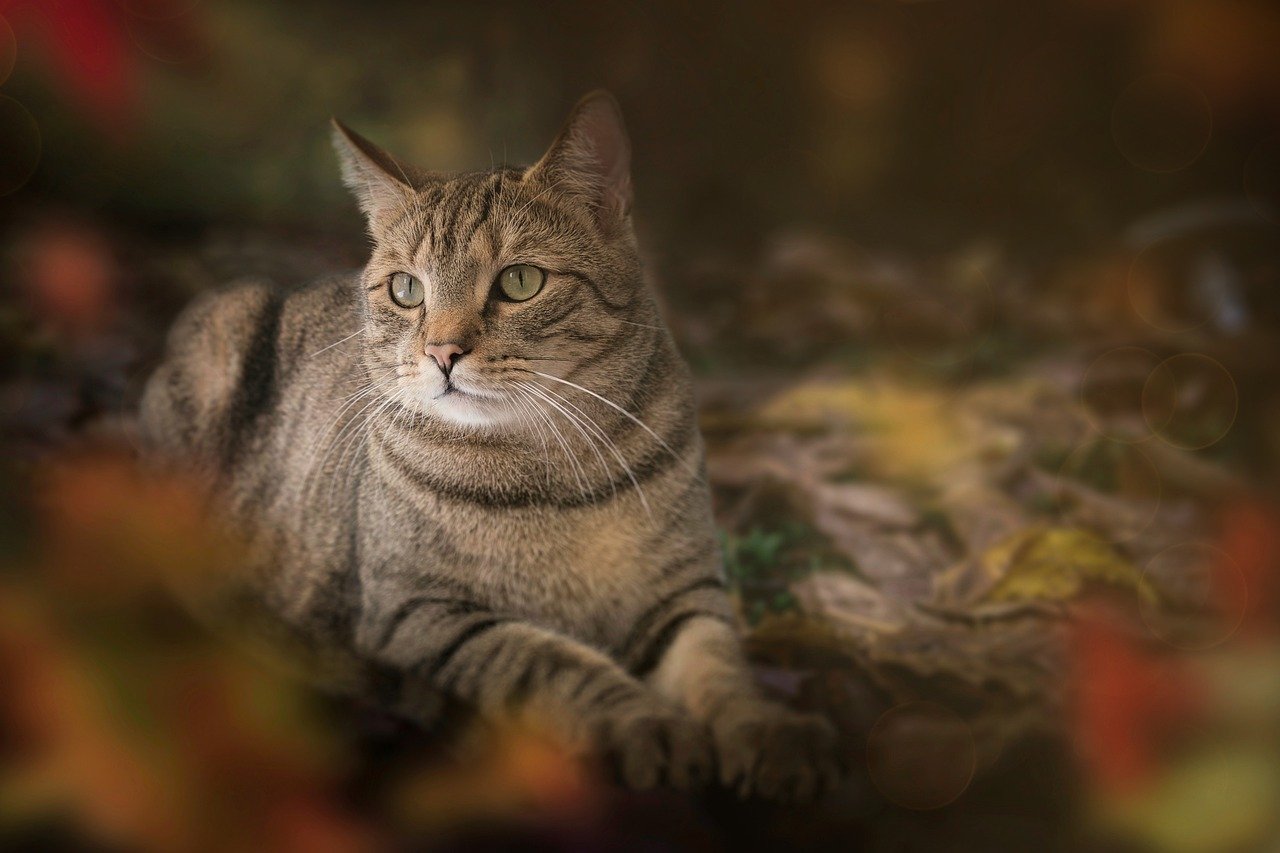
Emotional burnout in cats is a state of chronic stress and fatigue that can affect their overall well-being. It can be triggered by various factors like lack of stimulation, changes in the environment, or even the absence of social interaction. Cats are creatures of habit, and disruptions to their routine can cause them significant stress. Recognizing the signs of emotional burnout is crucial for any cat owner who wishes to ensure their pet’s happiness and health. By understanding this condition, you can take steps to prevent it and help your cat live a more fulfilling life.
Changes in Eating Habits
One of the first signs of emotional burnout in cats is a change in their eating habits. A cat might start eating less or more than usual, which can indicate stress or anxiety. If your feline friend is suddenly uninterested in their food or is overeating, it may be a sign that something is amiss. Just like people who comfort eat or lose their appetite when stressed, cats can exhibit similar behaviors. It’s essential to monitor your cat’s eating patterns and consult with a veterinarian if you notice any drastic changes.
Lack of Interest in Play
Indoor cats generally have fewer opportunities for physical activity compared to their outdoor counterparts. A sudden disinterest in playtime can be a clear indicator of emotional burnout. Cats that are usually playful might become lethargic or uninterested in their favorite toys. This lack of enthusiasm can be a sign that your cat is feeling overwhelmed or emotionally drained. Engaging them in interactive play sessions can help reignite their interest and improve their mood.
Excessive Grooming
While grooming is a natural behavior for cats, excessive grooming can be a sign of stress or emotional burnout. Cats may over-groom themselves to the point of causing bald patches or skin irritation. This behavior is often a coping mechanism for anxiety or stress. If you notice your cat grooming excessively, it’s crucial to identify any potential stressors in their environment and address them promptly. Reducing stress can help alleviate this behavior and improve your cat’s overall well-being.
Changes in Sleeping Patterns
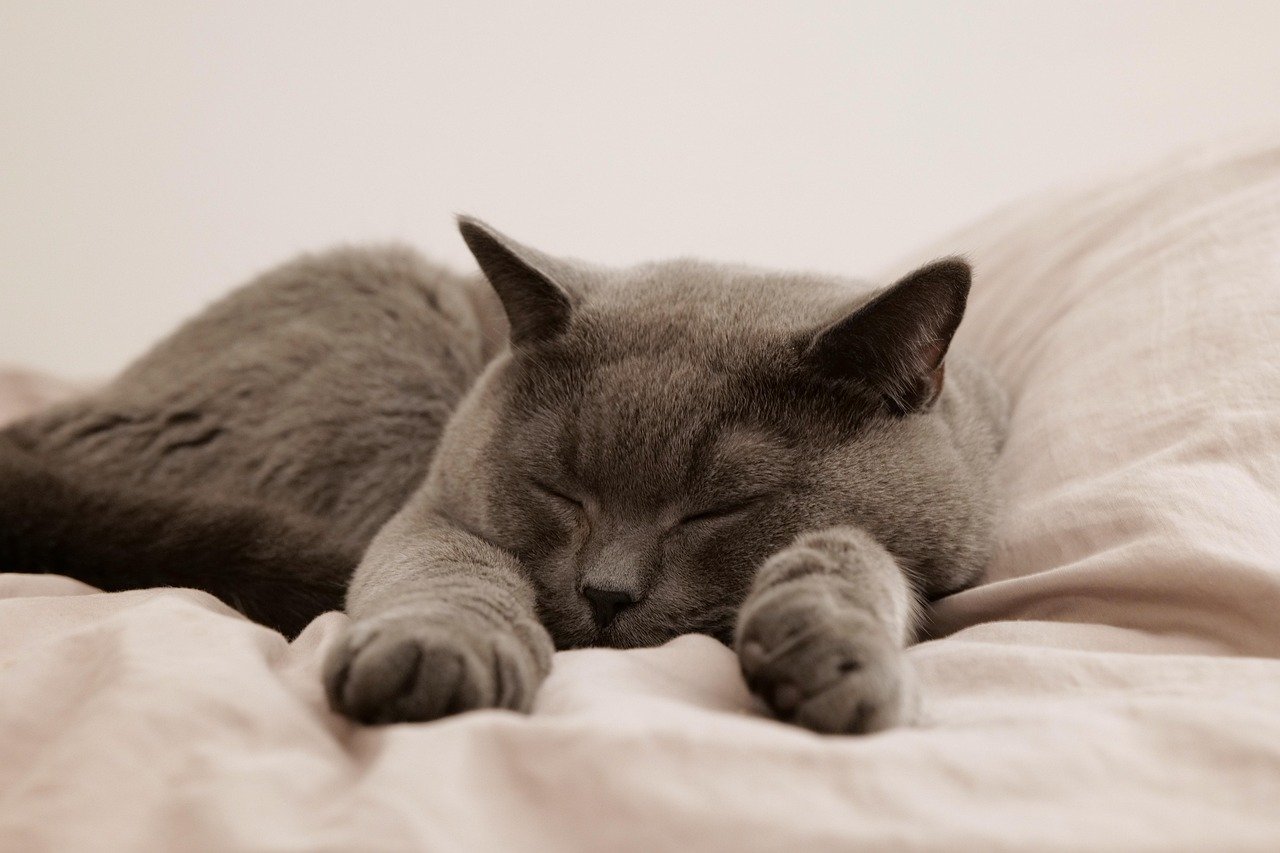
Cats are known for their love of sleep, but significant changes in their sleeping patterns can signal emotional burnout. A cat that sleeps more than usual or has difficulty settling down might be experiencing stress. Conversely, a cat that sleeps less and seems restless may also be suffering from emotional exhaustion. Monitoring your cat’s sleep habits can provide valuable insights into their emotional state. Ensuring they have a quiet, comfortable place to rest can help them relax and recover.
Increased Vocalization
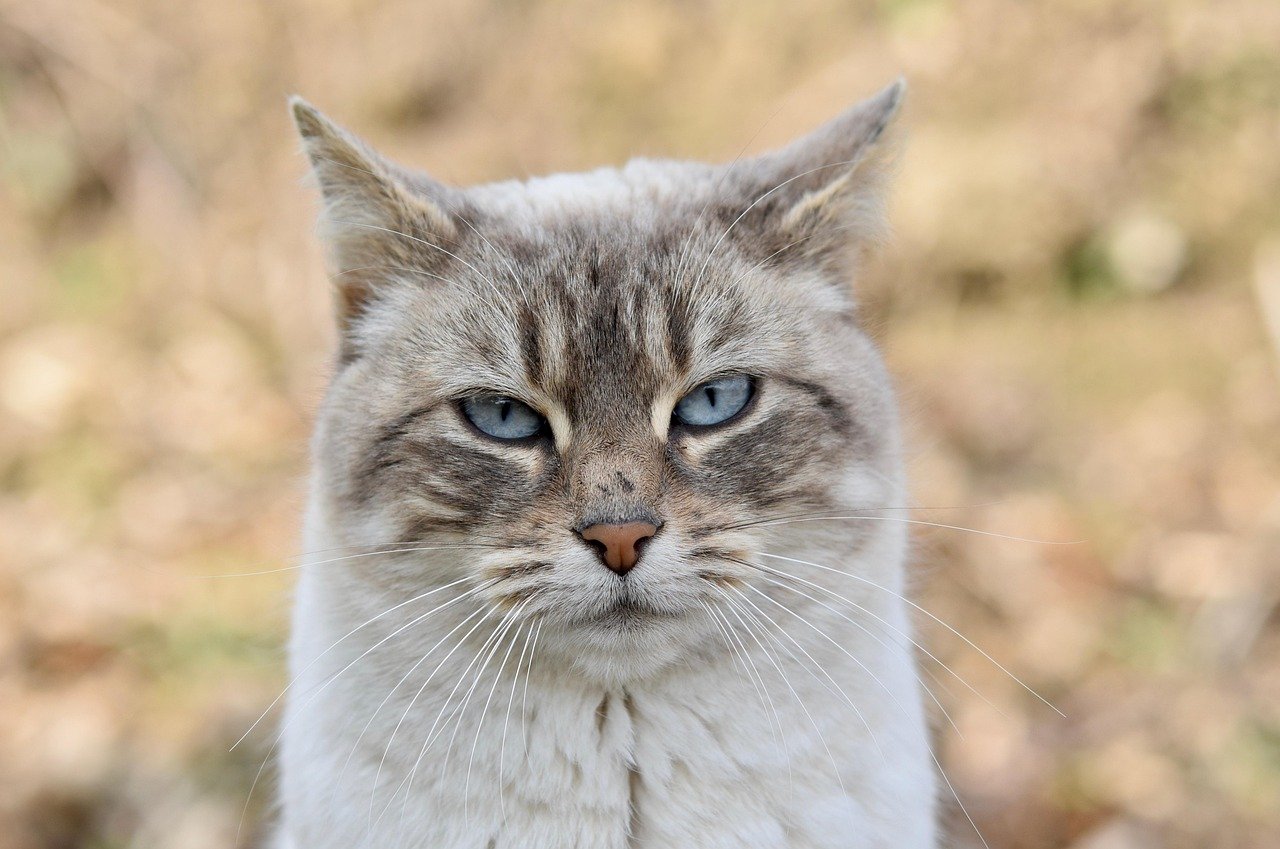
Increased vocalization is another sign that your indoor cat may be experiencing emotional burnout. Cats communicate through various sounds, and a sudden increase in meowing or yowling can indicate distress. If your cat is more vocal than usual, it’s essential to pay attention to their needs and try to identify any potential sources of stress. Providing reassurance and addressing any environmental changes can help reduce their anxiety and improve their emotional well-being.
Withdrawal from Social Interaction
Cats are social creatures, and a sudden withdrawal from social interaction can be a sign of emotional burnout. If your cat is usually affectionate and suddenly becomes aloof or hides away, it may be experiencing stress or anxiety. This withdrawal can be a coping mechanism, and it’s essential to provide your cat with a safe space where it can retreat and feel secure. Encouraging gentle social interaction can help rebuild their confidence and improve their emotional health.
Uncharacteristic Aggression
Emotional burnout can manifest as uncharacteristic aggression in cats. A typically gentle cat that suddenly becomes aggressive or irritable may be struggling with stress. This behavior can be directed towards other pets or even their human companions. It’s important to approach an aggressive cat with caution and patience, as they may be feeling vulnerable. Identifying and addressing the root cause of their stress can help alleviate their aggression and restore harmony in the household.
Litter Box Issues
Litter box issues can be a clear sign of emotional burnout in indoor cats. A cat that suddenly starts urinating or defecating outside the litter box may be trying to communicate its distress. Stress and anxiety can disrupt a cat’s routine, leading to litter box avoidance. Ensuring the litter box is clean and easily accessible, and providing multiple boxes in a multi-cat household can help reduce stress and encourage proper litter box use.
Excessive Scratching
Cats naturally scratch to mark their territory and keep their claws healthy, but excessive scratching can be a sign of emotional burnout. If your cat is scratching more than usual or targeting inappropriate surfaces, it may be trying to cope with stress. Providing scratching posts and redirecting their behavior can help alleviate their anxiety and protect your furniture. Understanding your cat’s need to scratch and providing appropriate outlets can improve their emotional well-being.
Loss of Curiosity
Cats are naturally curious animals, and a loss of curiosity can indicate emotional burnout. A cat that shows little interest in exploring its environment or engaging with new stimuli may be feeling overwhelmed or stressed. Encouraging exploration and providing new toys or activities can help reignite their curiosity and improve their mood. Creating an enriching environment can stimulate their senses and promote emotional health.
Changes in Body Language
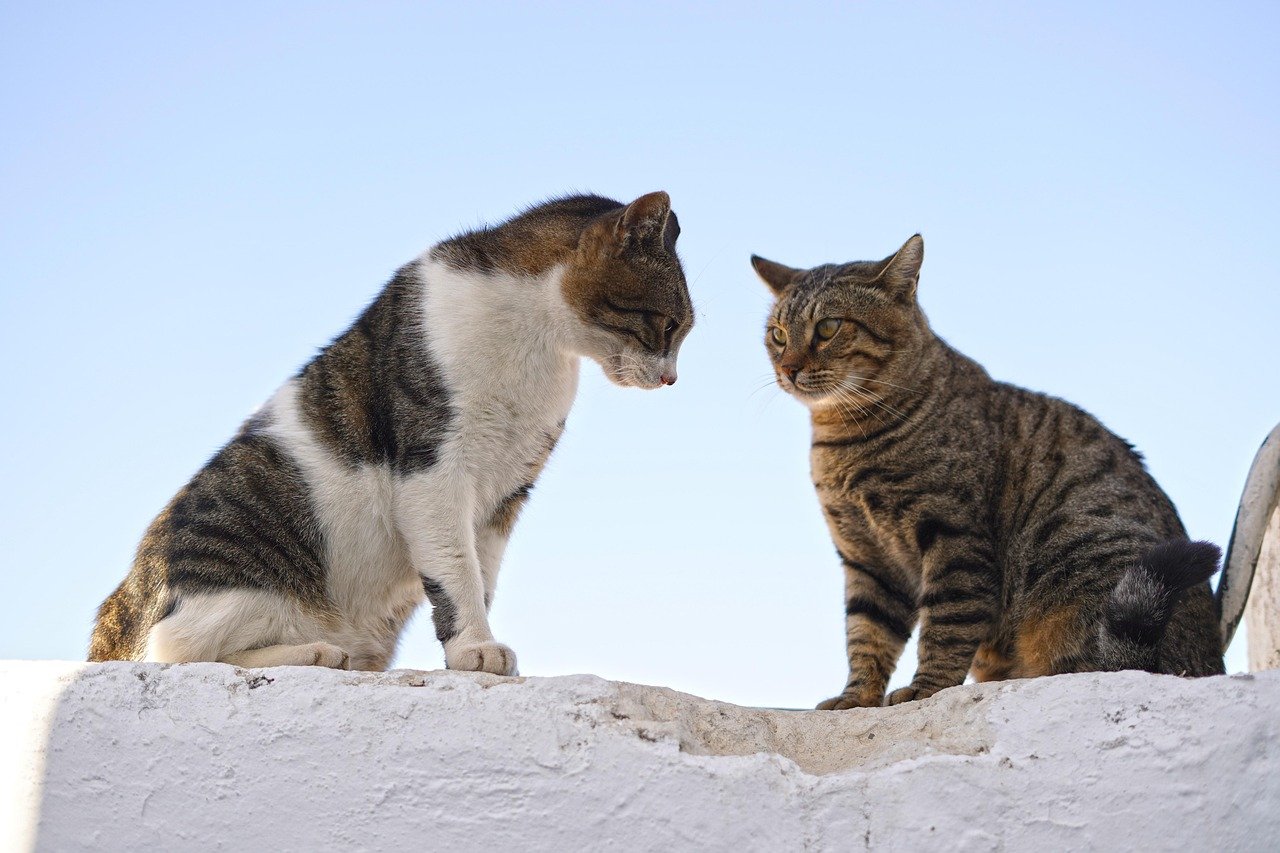
Body language is an essential form of communication for cats, and changes in their body language can signal emotional burnout. A cat that appears tense, with flattened ears or a tucked tail, may be experiencing stress. Observing your cat’s body language can provide valuable insights into their emotional state. Providing a calm and reassuring environment can help alleviate their stress and improve their overall well-being.
Reduced Grooming
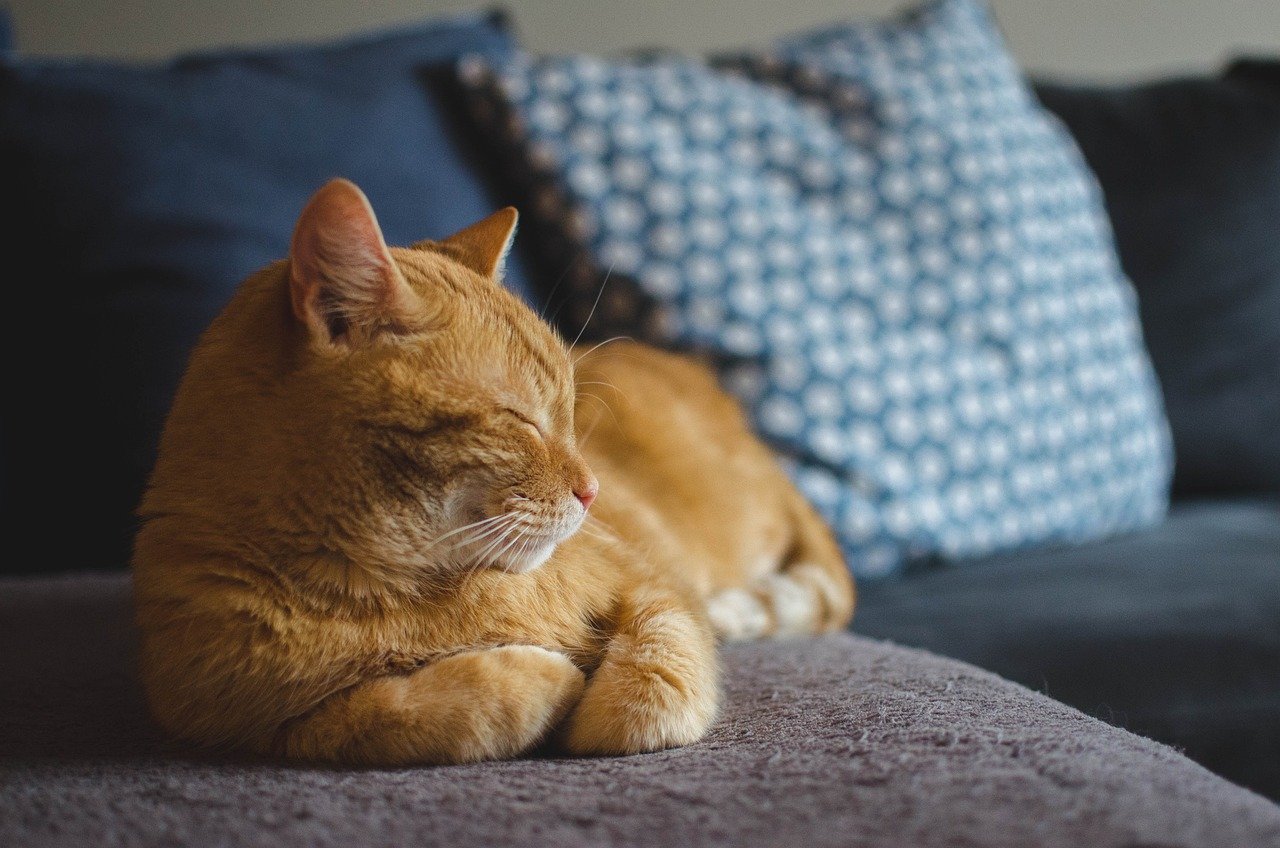
While excessive grooming can be a sign of stress, reduced grooming can also indicate emotional burnout. A cat that neglects its grooming routine may be feeling depressed or overwhelmed. This lack of self-care can lead to an unkempt appearance and potential health issues. Encouraging grooming through gentle brushing and providing a stress-free environment can help improve your cat’s emotional state and overall health.
Increased Sensitivity to Stimuli
Cats experiencing emotional burnout may become more sensitive to stimuli such as loud noises or sudden movements. They may startle easily or become anxious in situations that previously didn’t bother them. This increased sensitivity can be a sign of heightened stress levels. Creating a calm and predictable environment can help reduce their anxiety and improve their emotional well-being.
Reluctance to Use the Litter Box

Reluctance to use the litter box can be a sign of emotional burnout in cats. Stress and anxiety can lead to litter box avoidance, causing your cat to seek alternative locations for elimination. Ensuring the litter box is clean, accessible, and placed in a quiet area can help reduce stress and encourage proper litter box use. Addressing any potential stressors in your cat’s environment can improve their emotional health.
Frequent Hiding
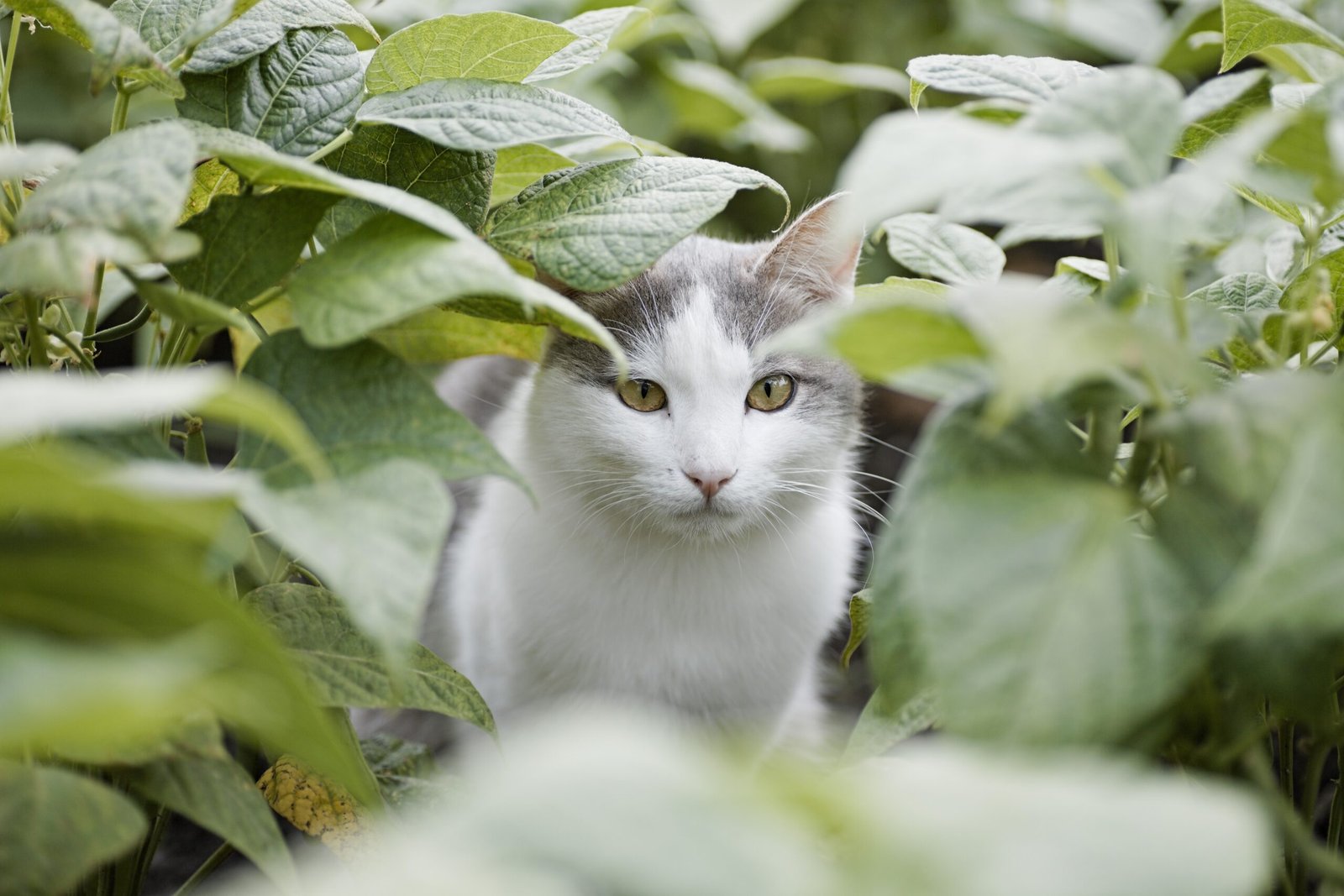
Frequent hiding is a common sign of emotional burnout in indoor cats. A cat that spends more time hiding or avoiding interaction may be feeling stressed or anxious. Providing a safe and comfortable hiding spot can help your cat feel secure while addressing the root cause of their stress. Encouraging gentle social interaction and offering reassurance can help rebuild their confidence and improve their emotional well-being.
Changes in Vocal Tone
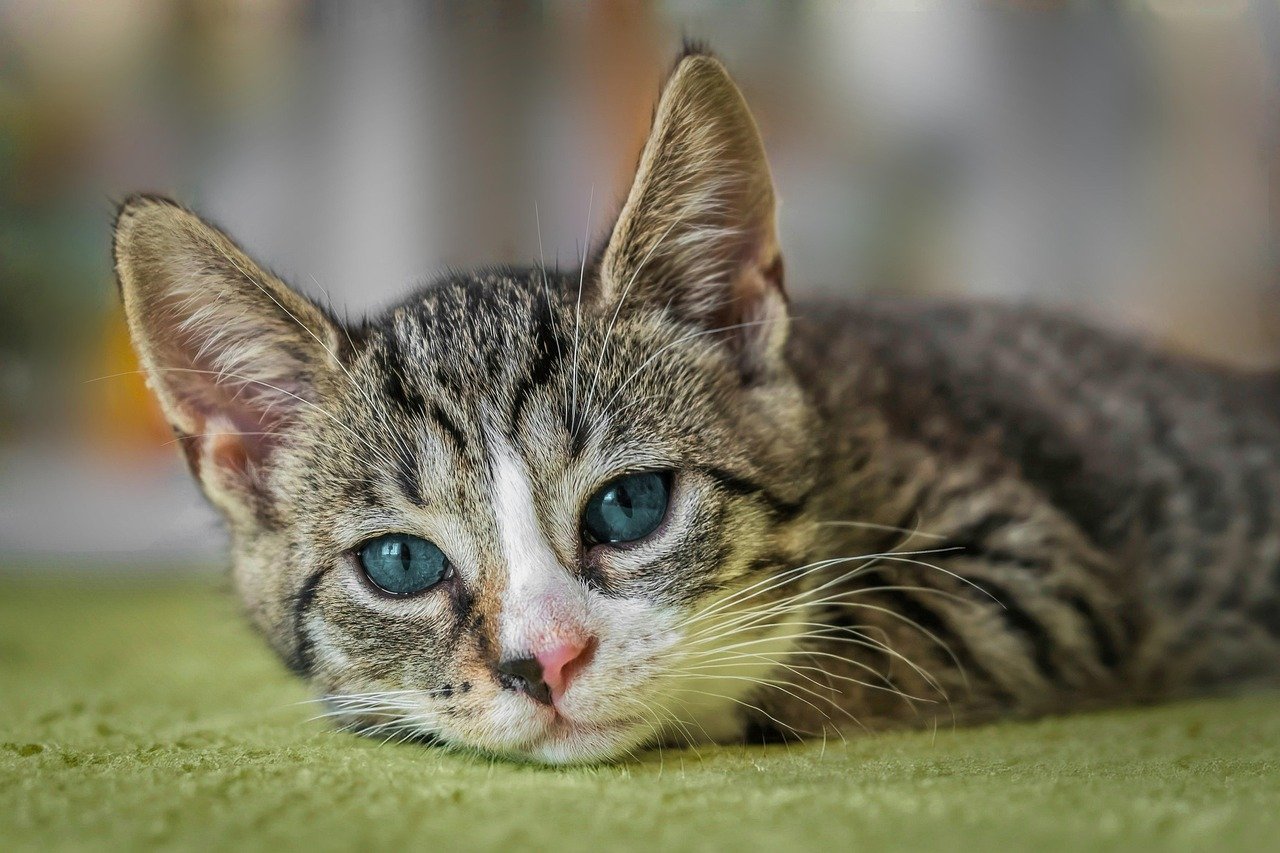
Changes in vocal tone can indicate emotional burnout in cats. A cat that suddenly develops a different pitch or frequency in its meows may be trying to communicate its distress. Paying attention to these vocal changes and addressing any potential stressors in your cat’s environment can help reduce their anxiety and improve their emotional health. Providing reassurance and comfort can help your cat feel more secure.
Increased Dependency
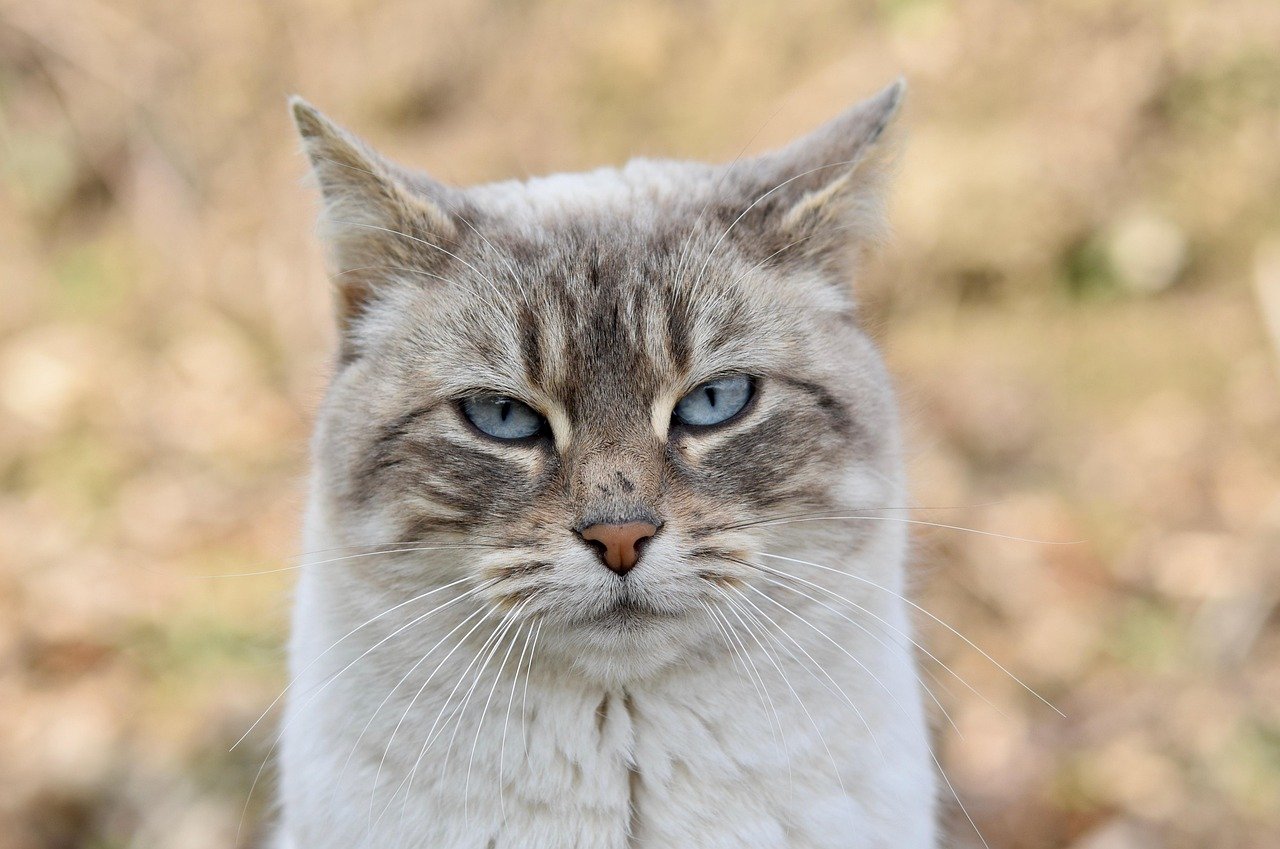
Increased dependency on their human companions can be a sign of emotional burnout in cats. A cat that becomes more clingy or demanding of attention may be seeking comfort and reassurance. Providing consistent companionship and addressing any potential stressors can help reduce their anxiety and improve their emotional well-being. Ensuring your cat feels loved and secure can help alleviate their emotional burnout.
Unexplained Weight Changes
Unexplained weight changes, either loss or gain, can be a sign of emotional burnout in cats. Stress and anxiety can affect a cat’s appetite, leading to changes in their weight. Monitoring your cat’s weight and consulting with a veterinarian can help identify any underlying issues. Providing a balanced diet and addressing any potential stressors can improve your cat’s emotional health and overall well-being.
Conclusion
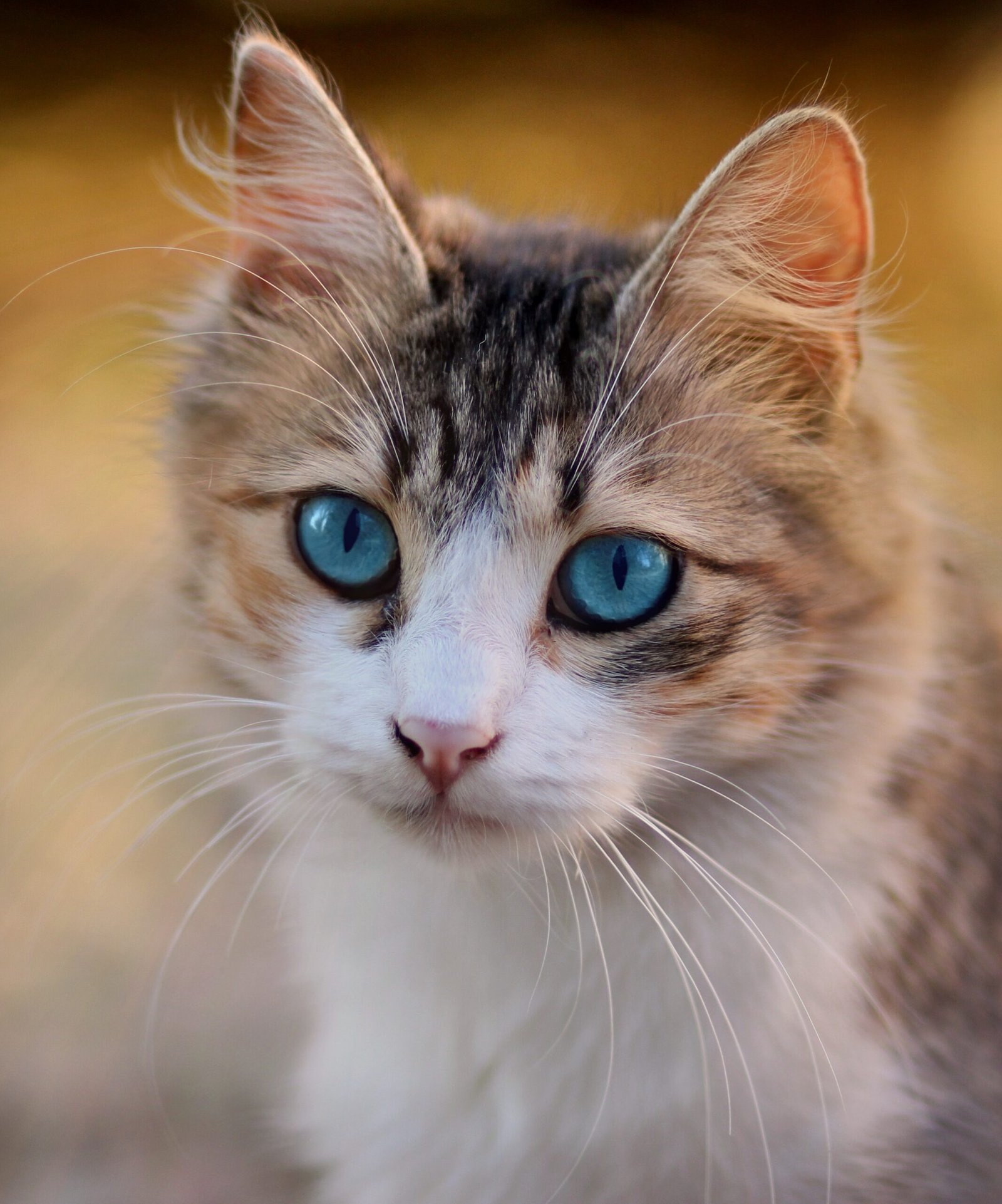
Recognizing emotional burnout in indoor cats is essential for ensuring their happiness and well-being. By understanding the signs and symptoms, cat owners can take proactive steps to address their pet’s emotional needs. Providing a stimulating and stress-free environment, along with consistent love and attention, can help alleviate emotional burnout and improve your cat’s quality of life. Remember, a happy cat is a healthy cat, so always be attentive to their emotional cues and needs.
Hi, I’m Bola, a passionate writer and creative strategist with a knack for crafting compelling content that educates, inspires, and connects. Over the years, I’ve honed my skills across various writing fields, including content creation, copywriting, online course development, and video scriptwriting.
When I’m not at my desk, you’ll find me exploring new ideas, reading books, or brainstorming creative ways to solve challenges. I believe that words have the power to transform, and I’m here to help you leverage that power for success.
Thanks for stopping by, Keep coming to this website to checkout new articles form me. You’d always love it!






